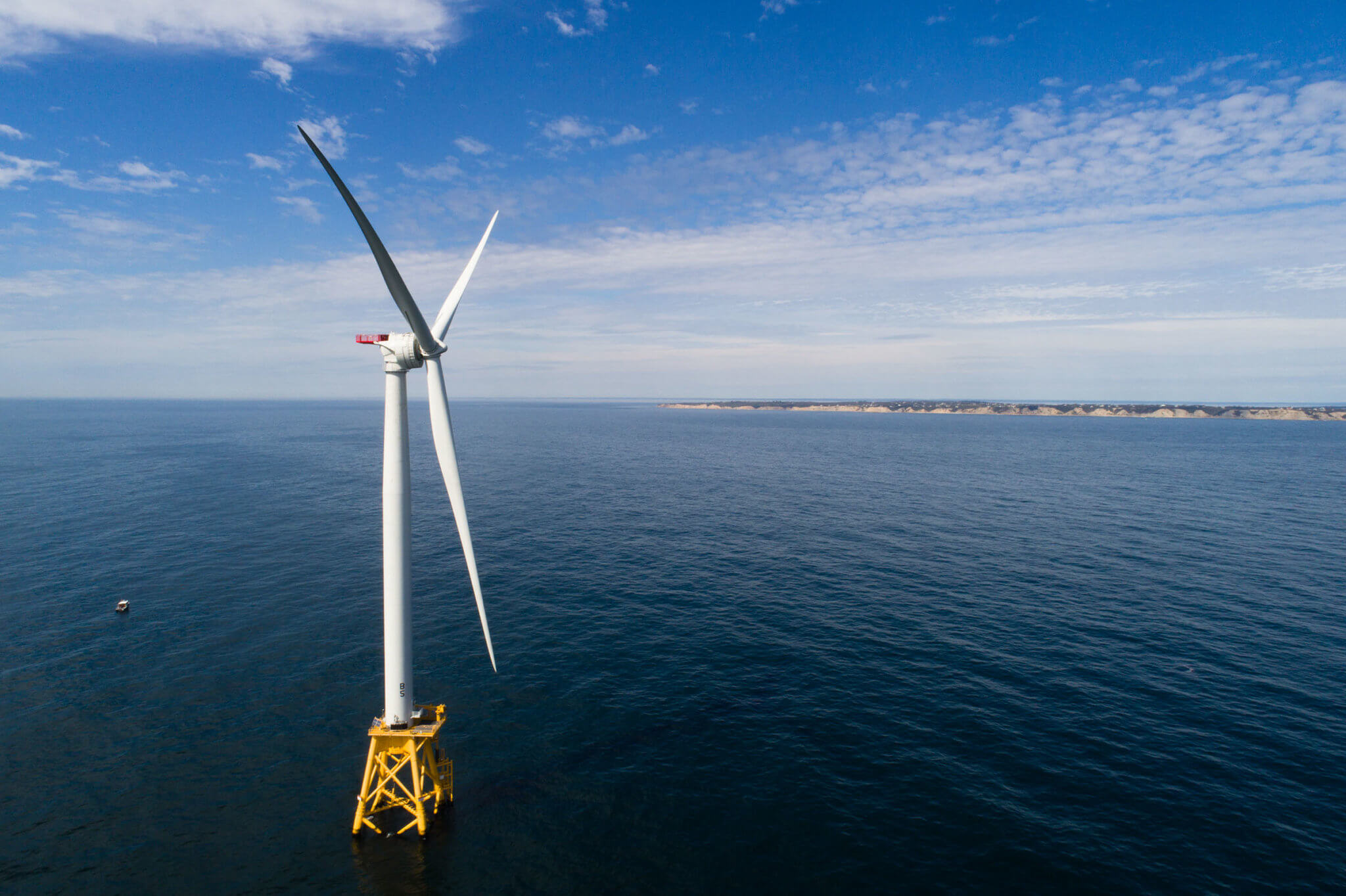One month into 2018 offshore wind is all the rage
The calendar just turned to February, but already 2018 has seen huge offshore wind announcements from New York, New Jersey and Connecticut.
Just yesterday, newly elected New Jersey Gov. Phil Murphy announced plans to bring 3,500 megawatts (MW) of offshore wind online by 2030—that could power more than 1 million homes according to estimates.
“We begin the process of making New Jersey a leader in offshore wind, a critical step toward achieving our clean energy goals,” said Gov. Murphy.
“We have incredible potential right off the Jersey Shore — we have been sitting on a clean energy jackpot,” said Environment New Jersey Director Doug O’Malley.
During last month’s state of the state address, New York Gov. Andrew Cuomo called for 2,400 megawatts of offshore wind energy by 2030, with a specific request for the state to procure at least 800 MW of offshore wind capacity through two solicitations in 2018 and 2019. The state will also invest $15 million to train workers for offshore wind jobs and develop port infrastructure. At the end of January Gov. Cuomo also released the New York State Offshore Wind Master Plan.
Connecticut also joined the race to add offshore wind recently announcing a request for proposals for clean energy, including up to about 220 MW of offshore wind.
Dr. Stephanie McClellan of the University of Delaware’s Special Initiative on Offshore Wind sums up what all of these developments mean:
U.S. offshore wind will clearly be an American industry, drawing on the wealth of expertise in the U.S. offshore oil & gas and onshore wind sectors. It will also benefit both of those sectors, boosting an overlapping supply chain and jobs that extend from the East Coast to the central U.S. and Gulf of Mexico.
A new study, U.S. Job Creation in Offshore Wind, authored by New York, Massachusetts, Rhode Island and the Clean Energy States Alliance, reports that developing 8 gigawatts (GW) of offshore wind from Maryland to Maine will create almost 40,000 full-time U.S. jobs by 2028 and 500,000 FTE U.S. job years over the long term. That’s just the tip of the iceberg. By 2050, a projected 86 GW of U.S. offshore wind power will support 160,000 full-time U.S. jobs. Offshore wind will also give an important boost for jobs and the supply chain in the U.S. offshore energy and onshore wind sectors, which employ 250,000 and 100,000, respectively.
Meanwhile, there has also been action along other shores. The Icebreaker wind project, to be built in Lake Erie, continues to move forward, and is a recipient of a Department of Energy advanced demonstration project award.
The Ohio Power Siting Board has been reviewing comments submitted about the project, and of about 900 submitted so far, they are overwhelmingly in favor of the project. Notably, half of the positive comments have come from union workers.
“Their endorsements naturally emphasize the spurring of economic development, with accompanying job growth, that would take place,” wind activist Sarah Taylor notes. “However, many also strongly point out that the Northern Ohio region could lead the way in the essential move to making use of the very large untapped source of clean energy, available from the Great Lakes.”




